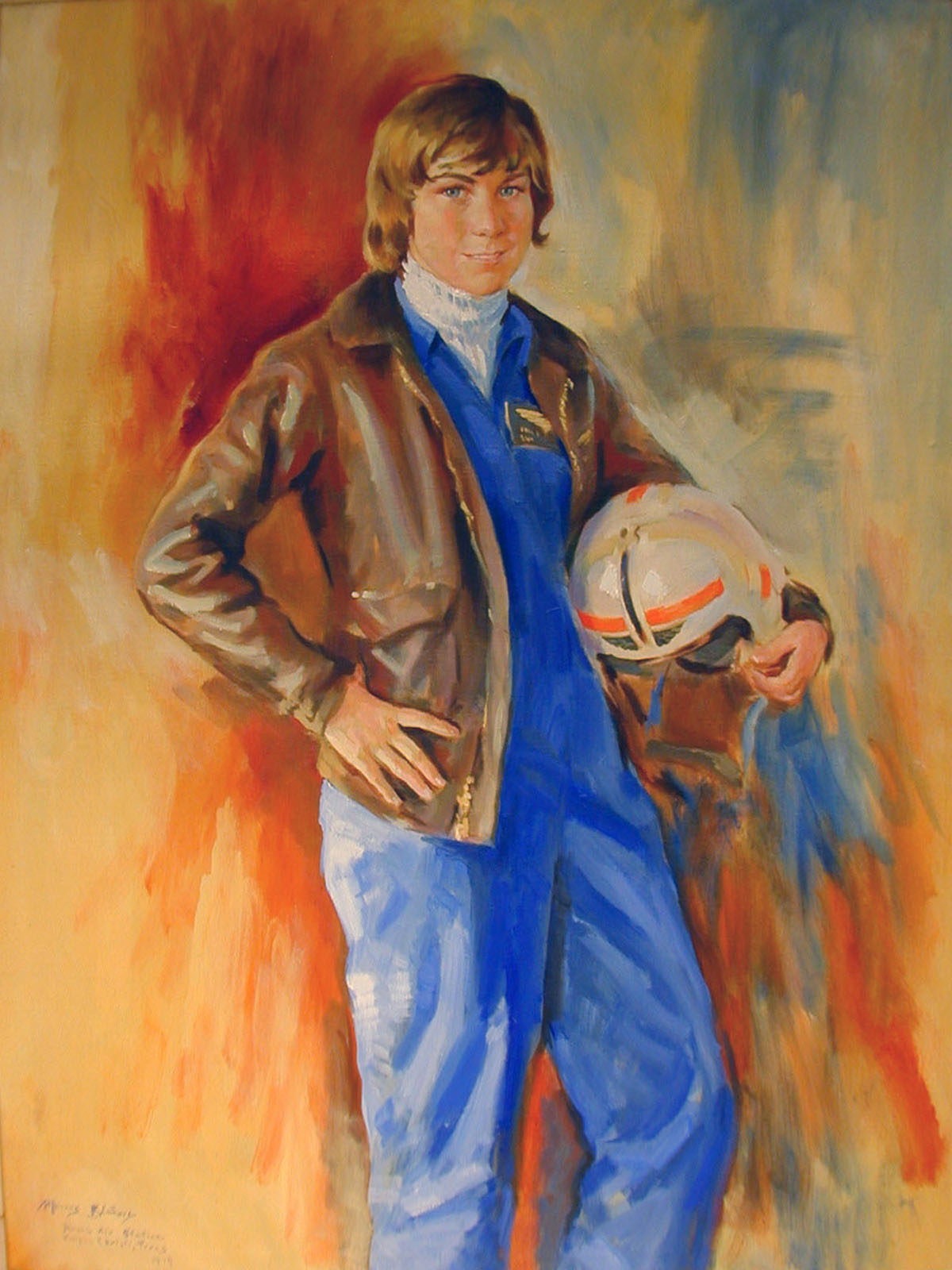
22 February 1974: At Naval Air Station Corpus Christi, Texas, Lieutenant (Junior Grade) Barbara Ann Allen, United States Navy, received her Wings of Gold and designation as a Naval Aviator. She was the first woman to be so designated.
Barbara Ann Allen was born 20 August 1948 at Bethesda Naval Hospital, the third child of Bill Reed Allen, a U.S. Navy chief petty officer, and Marguerite Oleta Yates Allen. She attended Lakewood High School, Lakewood, California, graduating in 1966. She then studied at Long Beach City College where she was on the dean’s list for four consecutive semesters. She transferred to Whittier College, Whittier, California, where she graduated in 1969.
Miss Allen applied for and was accepted to the U.S. Navy Officer Candidate School at Newport, Rhode Island. On completion, she was commissioned as an Ensign, United States Naval Reserve, 18 December 1970.
Ensign Allen was assigned to at Amphibious Warfare Base, Little Creek, Virginia, followed by staff assignments at Atlantic Fleet headquarters, Norfolk, Virginia. She was promoted to lieutenant (junior grade), 18 March 1972. Lieutenant (j.g.) Allen was accepted for pilot training at NAS Pensacola, Florida, in February 1973.
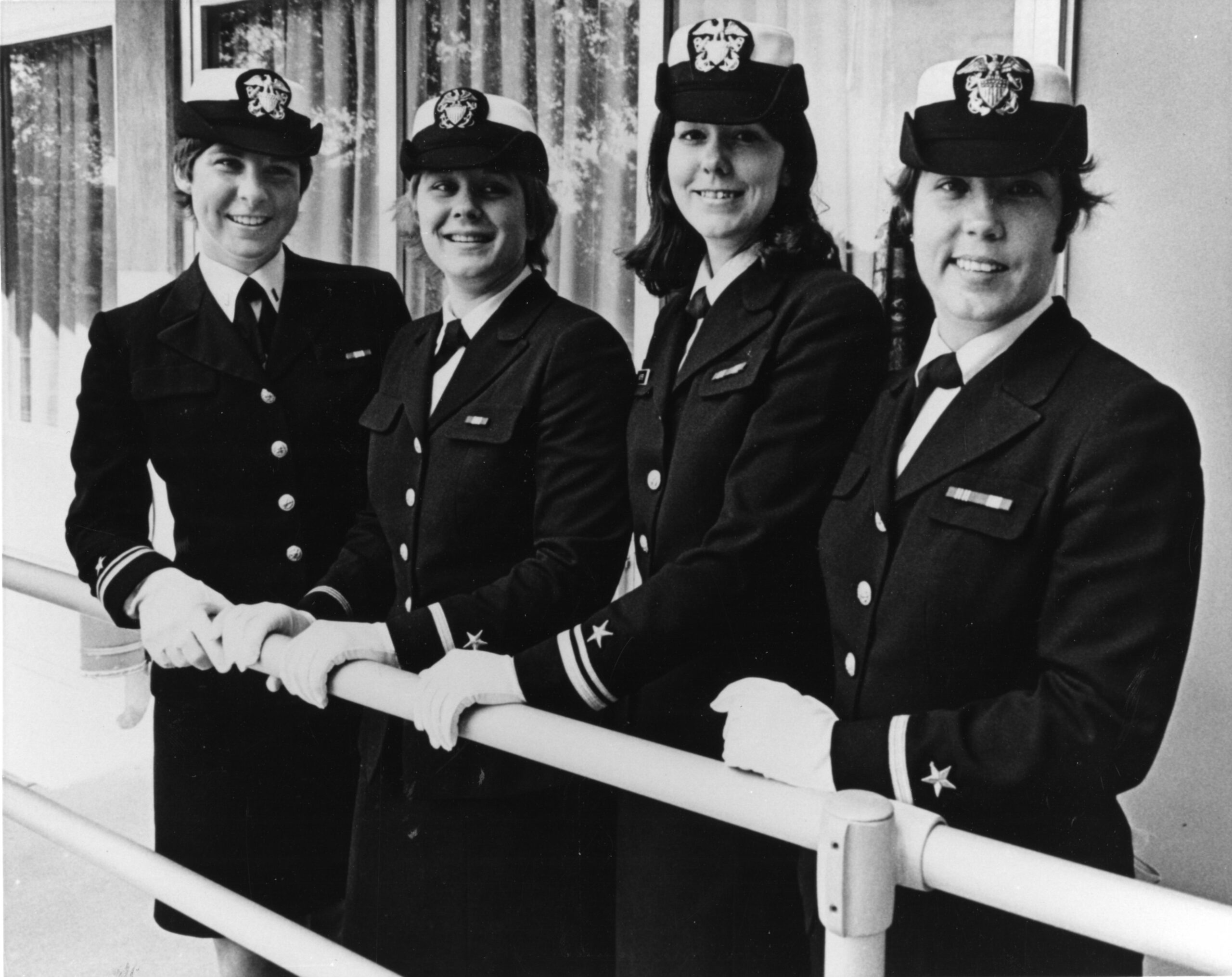
After completing 230 hours of flight training at Pensacola and NAS Corpus Christi, Lieutenant (j.g.) Allen received her pilot’s wings. She was assigned to Fleet Logistics Support Squadron THIRTY (VR-30), based at NAS Alameda, California, where she flew the Grumman C-1A Trader, a twin-engine Carrier On-Board Delivery (“COD”) transport. She also became the first woman in the Navy to qualify in a jet-powered aircraft, the North American Aviation T-39 Sabreliner.
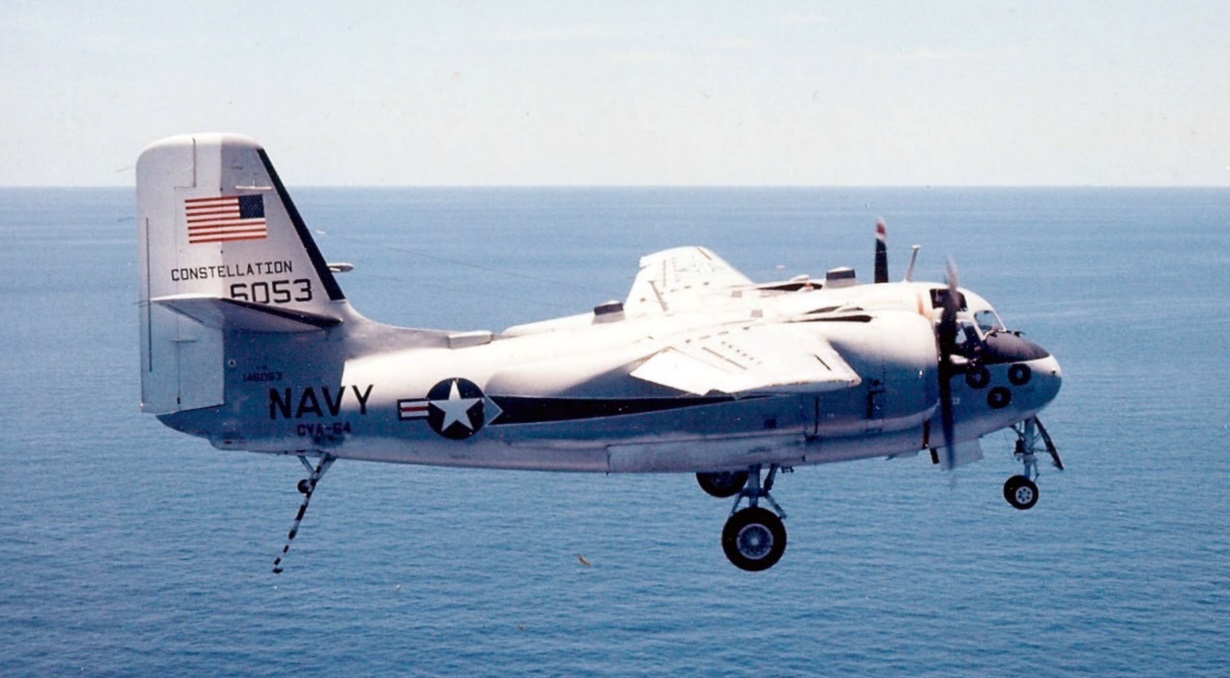
On 6 April 1974, Barbara Ann Allen married Lieutenant (j.g.) John C. Rainey, U.S. Navy, at Los Angeles, California. Lieutenant Rainey was a 1972 graduate of the United States Naval Academy, whom Lieutenant Allen had met during flight training. They would have two daughters, Cynthia and Katherine.
Lieutenant (j.g.) Allen (now, Rainey) was promoted to lieutenant, 1 January 1975. In 1977, she transferred to Fleet Logistics Support Squadron FIFTY-THREE (VR-53) at Dallas, Texas, where she flew the four-engine Douglas C-118B Liftmaster.
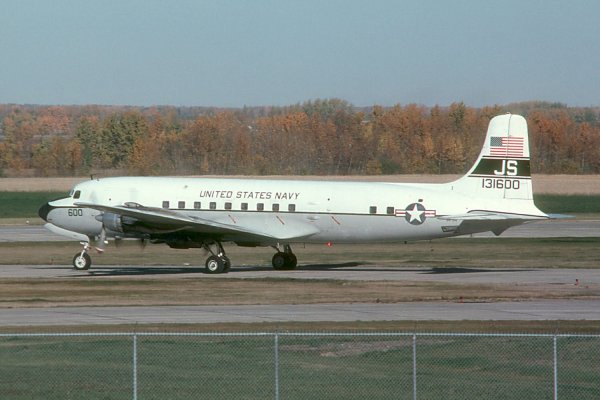
When she became pregnant, Lieutenant Barbara Rainey was released from active duty on her request, 23 November 1977. There was considerable coverage in the news media on the adverse effects of pregnacy and child-rearing on the career of a female naval officers.
On 14 October 1981, Lieutenant Commander Barbara Ann Allen Rainey was recalled to active duty with the rank of lieutenant commander and assigned as a flight instructor with Training Squadron THREE (VT-3) at NAS Whiting Field, Florida.
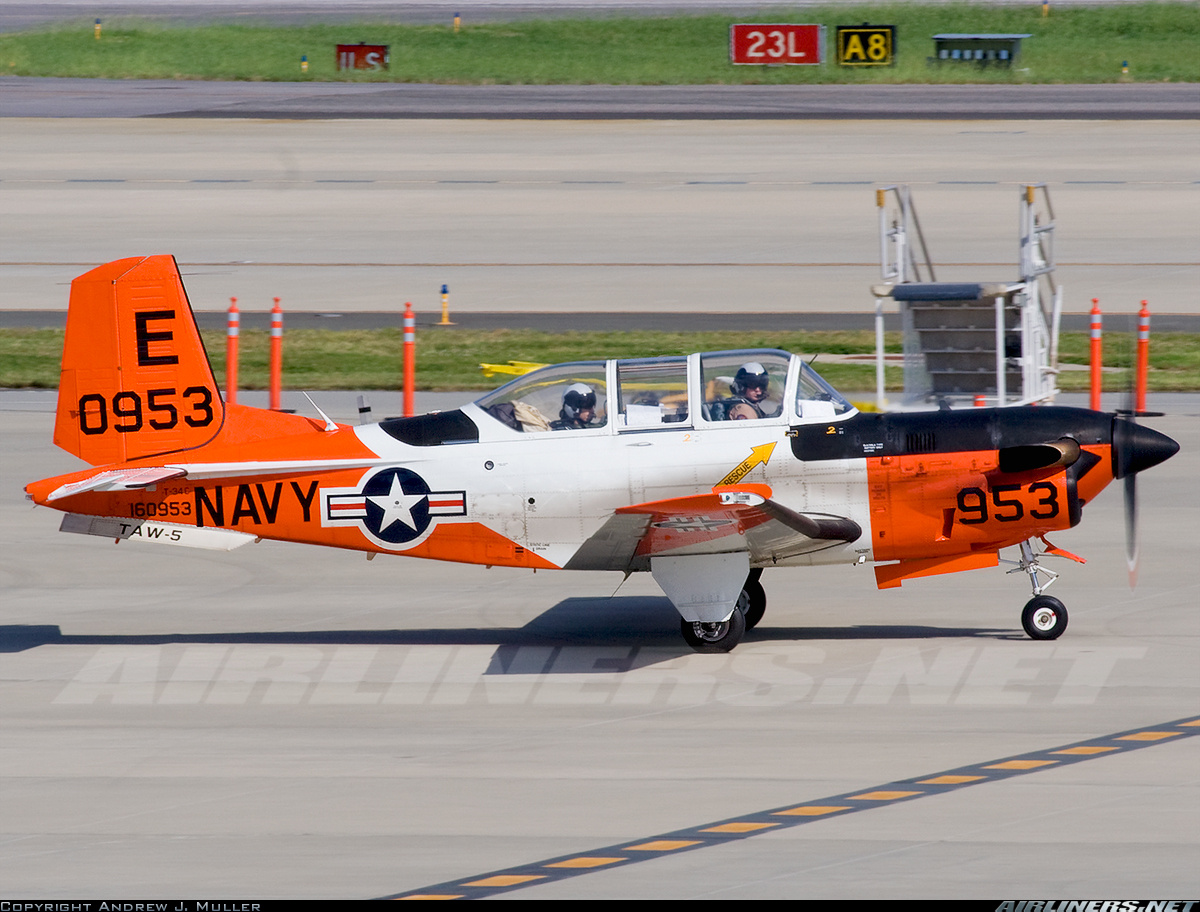
At 10:20 a.m., 13 July 1982, while practicing touch-and-go landings at Middleton Field, Alabama, Lieutenant Commander Barbara Ann Rainey and her student, Ensign Donald B. Knowlton, were killed in a crash. While in the traffic pattern, their Beechcraft T-34C Turbo Mentor, a single-engine, two-place training airplane, Bu. No. 160955, suddenly banked to the right, lost altitude and crashed. The cause of the accident is unknown. It is attributed to pilot error, but the engine had been operating at reduced power and there may have been a “rollback” (an uncommanded deceleration).
A product liability lawsuit, Beech Aircraft Corporation v. Rainey, was decided in the plaintiff’s favor by the Supreme Court of the United States. [488 U.S. 153 (1988)]
Lieutenant Commander Barbara Ann Allen Rainey, United States Naval Reserve, was buried at Arlington National Cemetery, Arlington, Virginia.
© 2025, Bryan R. Swopes
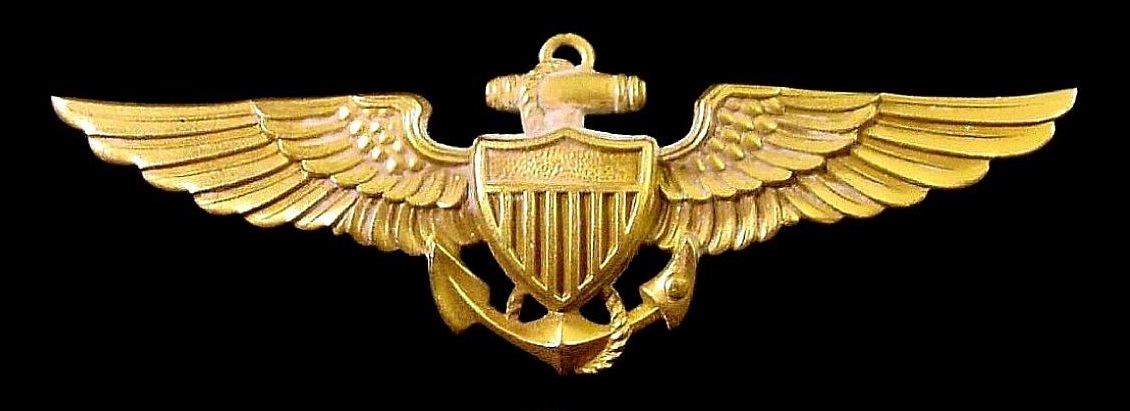
(I know this isn’t the right spot, but the comments were turned off)
Regarding the post about Saint-Exupery’s desert crash and his plane’s recovery :
“On the seventh an expedition of three cars set out at 6:00 a.m. for Wadi Natroun, four hours west of Cairo, to visit the remains of the Simoun. Saint-Exupéry and the Renault insurance adjusters were followed by two cars of friends and journalists; Prévot, who had been at work on the airplane since the third, had preceded them to the site. Not having seen each other for several days, the pilot and his mechanic shook hands with obvious emotion. Barthe-Dejean was struck by the sight of the fuselage, stripped of its wings, its propeller, the engine cowling, the windows, and a door, lying flat on its belly in the sand. Saint-Exupéry asked the group to keep its distance and discreetly erased his premature farewell to the world. Over the wreckage he then delivered a miniature press conference, explaining his attempts to find Cairo, all of them based on the hypothesis that he had already overflown the Nile. The insurance experts thought the wreckage best deserted but the pilot insisted that an attempt be made to salvage the parts of the unfortunate airplane. Several morsels were handed out as souvenirs; over the next two weeks the Raccauds’ home became the base of operations as Prévot set about disassembling the rest of the Simoun. In a handcart of Raccaud’s design its remains were transported to Alexandria and shipped back to France, an effort Saint-Exupéry would describe later as a “ tour de force .” The debris was sold to a Valence businessman in 1938.”
Excellent information, Justin! I have wondered about the photos of St.-Ex next to the wreck. Can you refer me to the source? Thanks, Bryan
Saint-Exupery: A Biography by Stacy Schiff
http://a.co/fOF5aCU
This passage :
https://books.google.com/books?id=7hxEn8kMWyIC&lpg=PT443&ots=k8XlquVwG7&dq=saint%20exupery%20stacy%20schiff%20Wadi%20Natroun%2C%20four%20hours%20west%20of%20Cairo%2C%20to%20visit%20the%20remains%20of%20the%20Simoun&pg=PT442#v=onepage&q=saint%20exupery%20stacy%20schiff%20Wadi%20Natroun,%20four%20hours%20west%20of%20Cairo,%20to%20visit%20the%20remains%20of%20the%20Simoun&f=false
Thanks, Jason. Much appreciated.
No problem.
You might want to check into another event on this day – you can get a start at the BBC’s memorial for the crew of Mi Amigo, a B-17 which crashed on this date:
https://www.bbc.com/news/uk-england-south-yorkshire-47323045
Thanks. I’ll take a look.
I really enjoy reading your posts! Can you make posts in March about Pioneer 4, Pioneer 5 and Pioneer 10 because they launched in March? I really like Nasa´s Pioneer probes.
Thank you, NJ. TDiA has several articles about Pioneer-series space probes: Pioneer, 17 August 1958; Pioneer 1, 11 October 1958; Pioneer 10, 3 December 1973, and 23 January 2003. . . Depending on available time for research and actual writing, I may be able to write about Pioneer 4 and 5.